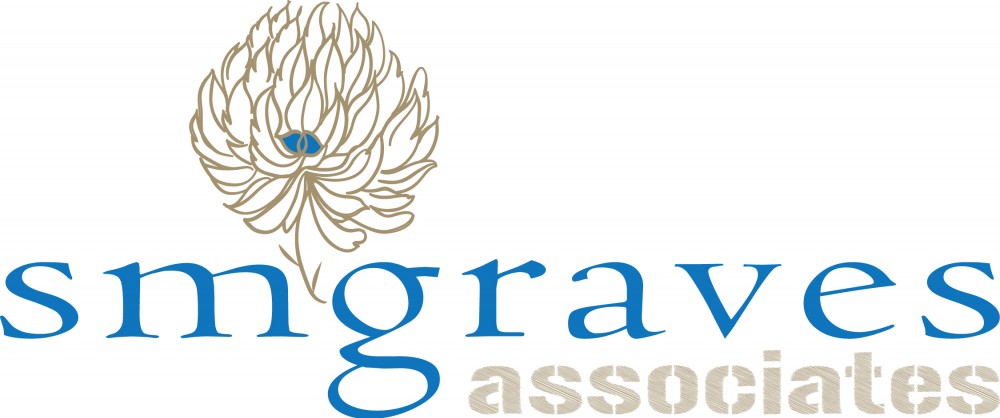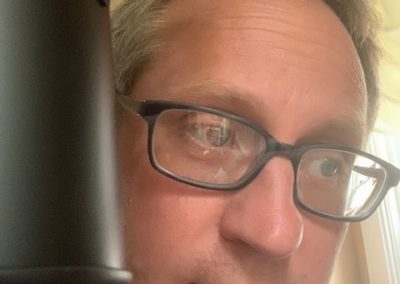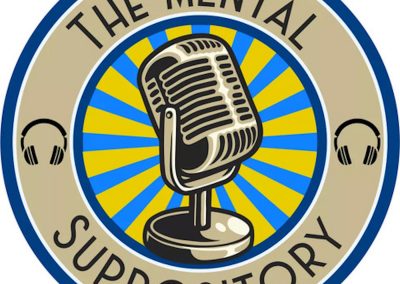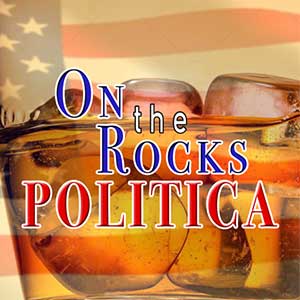Isolation
From M the Media Project Special Feature on Gun Violence in America

Used by permission of artist
His work at SMGraves Associates focuses on building value in real property by considering the commercial and social ecosystems that play out within our built environments. Community Development that seeks to build pride in place and create economic opportunity for more citizens of our cities and towns. He is managing Partner of Exponential Property Investment Co-Operative.
I believe we’re fast coming upon a watershed moment in the conscious of the Unites States of America.
How many mass shootings are too many mass shootings? Too many for the collective soul of a country to bear before thrusting its people headlong into chaos? Who among us ever thought we’d even need to consider this question?
And yet here we are.
I want to make something clear to my fellow citizens intent on keeping on keeping on when it comes to access to guns. You all need a little history lesson.
One of the great strengths of our Constitution is its ambiguity. After spending the last two and half decades of my life reading through the personal papers of several framers, I have come to the conclusion that this was a stroke of genius; it is the reason our document remains relevant and could remain relevant for centuries more if we allow it to.
The language of the second amendment itself is perhaps some of the most ambiguous language in all the Constitution. Why? Allow me to impart some perspective.
The founding document of this country immediately following our Revolution was the Articles of Confederation. The structure offered through this document did not bind the former colonies together in a way that worked to build a future together. The Continental Congress recognized that it was only too easy for these 13 former colonies to descend further into chaos during this time. The war still raged in parts of the south. Bitter rivalries between ‘patriots’ and ‘loyalists’ spreading house to house violence throughout the continent persisted and lead to the expulsion of some half million souls to Lower Canada. Some freedom-fest, huh?
By 1786 things really came to a head when Shay’s Rebellion, a violent response to the fact Massachusetts leaders chose their bond rating over the capability of the Massachusetts farmer to feed himself, (farmers who, by the way, had just fought their revolution), forced the issue amongst this country’s leaders: it was time to roll back freedoms and centralize (read strengthen) the federal government.
While developing the Bill of Rights James Madison and his cohort struggled with the second amendment. After all, one man’s revolution was another man’s un-justified insurrection. Hence the ambiguity in the language.
For any person among us to act as though this were not the case is both wrong-headed and irresponsible. Shame on each and every one of you.
As to the debate on why this violence is happening, a debate we need to pursue before we come to the answers for what to do about it, allow me to offer my personal experience.
I was, in some respects, an angry child. You could not see it in my behavior for I was too meek. My anger gurgled gently and ever so slowly over time like water from an underground spring. My father walked out of my life when I was seven. There was literally a moment. Still captured in my memory of a man facing his children, stumbling through words and leaving a home while what I can only imagine must have been shock set in the body.
As I got older and slowly realized our family’s poverty, watched the pressure experienced by my mother and longed to do something about it, the helplessness added to this anger.
There is no more destructive force behind poverty than the isolation it causes in the minds of those who stand outside the gate of prosperity. This my friends is the start for so many of a life riddled with bullets.
For me, t has taken a lifetime of work to channel these emotions into a positive expression whether performed, written or worked into meaningful art or entrepreneurship.
There was never a time this young man would have utilized his easy access to his father’s guns for any such violence. I never felt compelled to take out my personal anger, guilt or passion on another human being.
Why?
Could it have been that, early on, a teacher recognized my intellectual capacity and ensured this poor kid nonetheless made it into his school districts high ability resource program? Could it have been the countless sacrifices this child’s parent made, recognizing his propensity for the arts over sports encouraging this and ensuring no matter what those desires would be met with instruction, with access and with constant encouragement.
Could it have been the Catholic priests who demanded of this child intellectual rigor; to constantly question why would one believe even if that meant this child would eventually stop?
This child spent the first third of adulthood making a living doing exactly what he wanted to do, touring the country as a performing artist, learning to love his country and its people through a sense of place. Learning to seek truth with soulfulness and with rigor through art and by listening to the experiences of others. Learning that, sometimes you Love the US for what it is, sometimes despite what it is. And sometimes, there is no love at all.
You want to end young white men shooting black people in a grocery store today? You want to end a young person’s isolation that becomes so great they are willing to shoot up elementary school students on their next to last day of class?
Ask yourself, what would have happened if the shooter in Buffalo were given a saxophone instead of an AR15?
What kind of a school district did the shooter in Uvalde TX come from? Was it properly funded? Did he have access to discovering what truly meant something to him? And could he pursue that experience, channeling his anger in a positive expression?
Let’s consider this on the broadest level possible.
When do we start to recognize economics role in all this? It’s race you say, or its education. Mental health care. These are certainly important. But they’re not the root cause.
We’ve created an economy that does not work for the majority of the citizens of the United States.
Our apathy has allowed leadership to focus on policies that benefit the wealthy. They’ve sold generations of jobs overseas, they’ve restricted access to capital for small business, they’ve de-funded cities and towns, they’ve created a top-down approach to economic development that increasingly benefits only those at the top. They’ve spread democracy at the end of a gun throughout the globe while selling our jobs overseas to the highest bidder.
Take a family and impoverish them for generations. Fill their neighborhoods with drugs and hopelessness. De-fund their schools and militarize their police. Prevent them from learning the difference between reporting and opinion. Sprinkle in angry propaganda on TV, radio and the internet. Offer them soulless ‘popular’ media that lacks a meaningful message.
Replace that kids opportunity for a saxophone or a football helmet with an AR15.
No parent wants their kid to turn out a killer. No kid is born to simply be evil. We’ve replaced skilled manufacturing jobs and now manufacture depression through oppression.
Because it makes someone money.
Nothing will change until we get right with the fundamental reason why people have lost hope.

Episode 141 Are We Here Yet?
A BHM Report: Housing Crisis from Massachusetts plus Bertha Hope in The Jazz Room Courtesy of Breaking Housing Matters The housing crisis gripping the United States is gaining a disconcerting momentum in the Northeast, as it is in many regions of the United States. ...

Press Release 03.08.24
Breaking Housing Matters Launches Pilot effort for Rutland, VT Courtesy of Breaking Housing Matters Breaking Housing Matters Contact: Scott M. Graves 978-884-6596 scott@smgravesassociates.com www.breakinghousingmatters.org Introduction by BHM Vermont...

Episode 140 Are We Here Yet?
How Immigration Affects Tech In America with gener8tor's Davide Dantonio Courtesy of our guestWe all hear about the importance of international talent to the US technology sector. We understand how an open set of arms to international trade, travel and immigration...
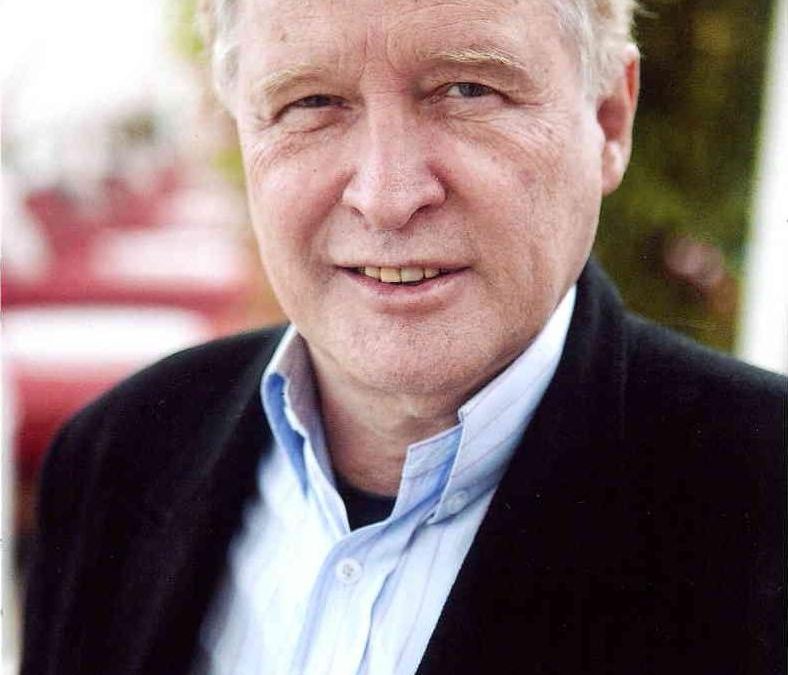
Client Spotlight: Op Ed on Housing from Peter de Krassel
Breaking Housing Matters An Op Ed by Peter de Krassel Click on image for our interview with the author Courtesy of Breaking Housing Matters The Answer to Vermont’s “Underwater” Property Market Peter G de Krassel Vermont’s housing has priced itself beyond the reach...
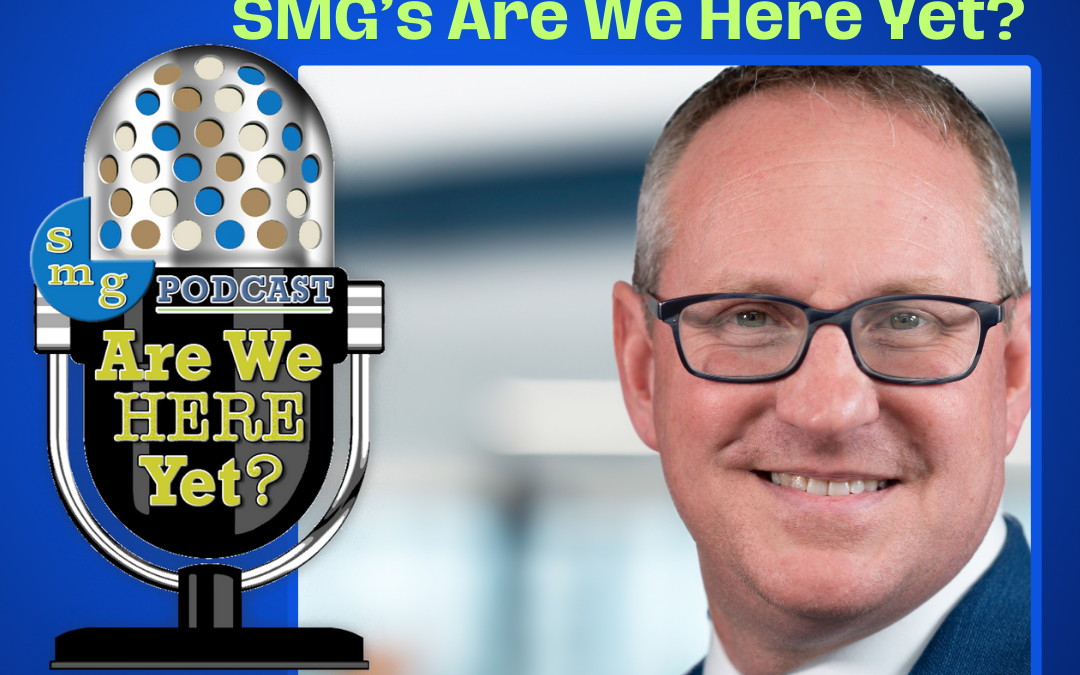
Episode 139 Are We Here Yet?
The Big 'D' in De-Centralize plus Lakecia Benjamin in The Jazz Room Courtesy of Breaking Housing Matters Scott M. Graves, host of the ‘Are We Here Yet? Podcast speaks to us regarding the importance for small cities and towns to take advantage of the opportunity...

Essays From an Artist
The Big 'D' in De-Centralize Used by permission of authorScott M. Graves is Founder of M the Media Project and SMGraves Associates. As contributing writer to M, he writes under the series Essays from An Artist andDemocratic Capitalism. He formerly wrote under the...
Also from M the Media Project
Article Series
Podcasts
Video Channels
News Features
Mental Suppository Podcast
On the Rocks Politica
SMG’s ‘Are We Here Yet’?
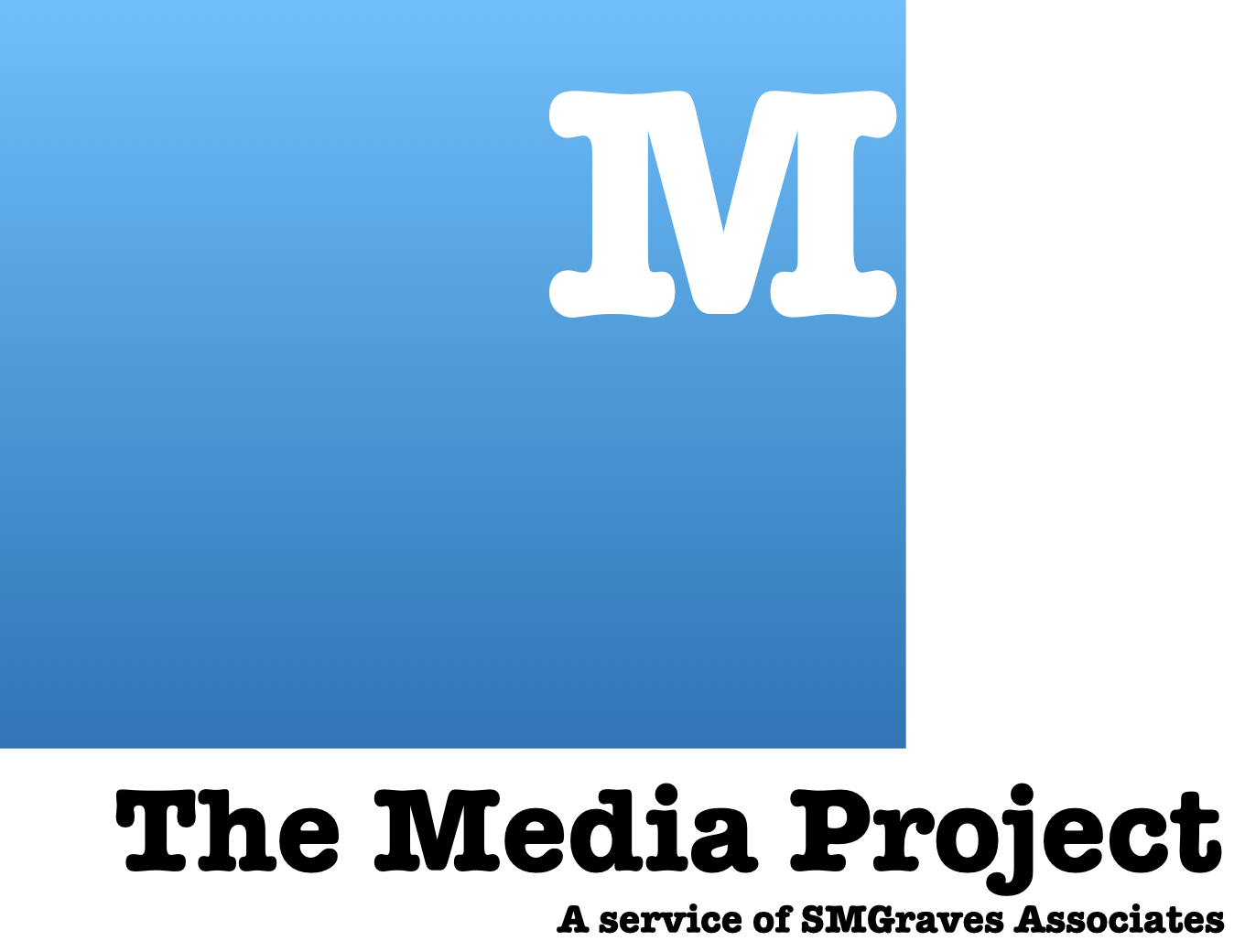
Interested in advertising with us? Perhaps you want a unique way to support the economic development work we accomplish while getting access to our intelligent and informed listeners? Join our roster of supporters. Click that button below to find out more.
